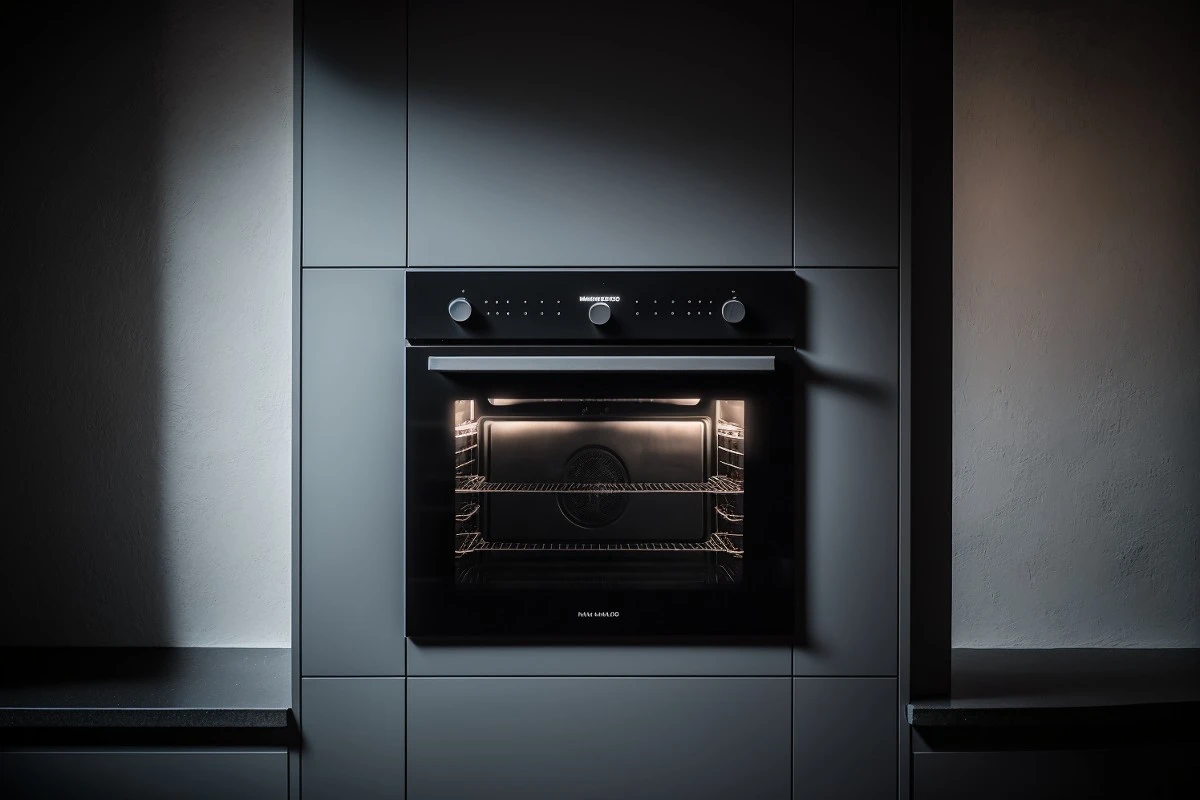Electric power is the energy that is generated and transmitted through the use of electricity. This energy is used to power homes, businesses, and industries, and is essential for modern life. Electric power is generated through various sources, including coal, natural gas, nuclear energy, and renewable energy sources such as solar and wind power.
Understanding the Pricing of Electricity
Electricity is priced based on the amount of energy consumed, measured in "kilowatt hours" (kWh). A kilowatt-hour is the equivalent of consuming 1000 watts for one hour. The price of electricity is often expressed in cents per kilowatt-hour (kWh) to make it easy for customers to understand the cost of their consumption. Additionally, the pricing of electricity can vary depending on factors such as time of day and location, and it's important to understand these factors to optimize the cost of energy consumption.
Electric power transmission
Electric power transmission is the process of transporting electricity from power plants to homes, businesses, and industries. This is done through a network of high-voltage power lines, which are designed to carry electricity over long distances. Electric power distribution is the process of delivering electricity from transmission lines to homes, businesses, and industries. This is done through a network of lower-voltage power lines and transformers.
The maintenance of the power grid, power plants, and the technical installations required for a safe power supply comes at a cost to all of us. This cost may be referred to by different names and definitions in various countries. However, one of the most widely used terms for this fee is "grid fee" or "network charge". It is essential to have a clear understanding of this cost, so we can be aware of our power consumption and its related expenses.
How to calculate power consumption
To calculate the power consumption of an electrical appliance, you first need to find out the wattage of the appliance. Simply put, the wattage is the power input required to operate the appliance. This number is usually located on the back, side, or bottom of the appliance. It is also likely to be found in the user manual or instruction booklet that came with the product. Once you have found the wattage, you can multiply it by the number of hours the product will be used per day.
For example, let's say a panel heater uses 1500 watts and is turned on for 10 hours. 1500 watts is abbreviated to 1.5 kW, and the calculation for power consumption is as follows: 1.5 kW x 10 hours = 15 kWh.
It's not always easy to define the consumption of household items like washing machines. A new washing machine can have a consumption of 0.5 kWh for a 40 degree wash and 1 kWh for a 60 degree wash. A tumble dryer can use three to six times as much energy as the washing machine. There are large variations, and we recommend looking in the user manual or instruction manual to find the consumption of electrical equipment.
How to calculate the cost of power consumption
Once we know how much electric power the appliance has used, we can multiply the consumption by the electricity price. In the above example, we saw that the panel heater used 15 kWh. If the current electricity price is 35 cents per kWh, the calculation is as follows: 15 kWh x 35 cents = 525 cents.
Electrical appliance cost calculator
Our Electrical appliance cost calculator calculates this for you quickly and easily. Simply enter the number of watts, number of hours, and electricity price, and the calculator will do the entire calculation for you. You can also enter the number of days, and you can adjust the electricity price to see what the changing price amounts to in kroner and øre.
Please note: The calculator does not include the price for "grid fee" or "network charge".
Input power and output power
When calculating the power consumption of an appliance (electrical power), it may sometimes be important to distinguish between input power and output power. An electric motor that has 1.5 kW in output power might consume 1.7 kW in input power. This is because no machine is 100% efficient, and there will always be some loss. For example, an electric motor may consume more energy than it produces in the form of mechanical work. An electric motor becomes warm during use, and some of the input power is lost as heat energy. Due to heat production, the electric motor is equipped with a fan that blows air through the motor for cooling, and some of the input power is lost to the air resistance that the fan encounters to cool the motor. Therefore, input power may be higher than output power.
When calculating the power consumption of an appliance, it's essential to consider the difference between input power and output power. This is because energy losses can occur due to various factors such as heat dissipation and other forms of inefficiency. In contrast appliances like hair dryers or panel heaters generally have a low energy loss as most of the heat generated during operation is utilized for the intended purpose of heating. However, it's important to note that no electrical device operates at 100% efficiency, and some energy loss is inevitable. It's essential to be aware of this when evaluating the energy consumption of different devices and making informed decisions about energy usage.
The importance of electric power reliability
Electric power reliability is the ability of the electric power system to provide electricity to customers as expected, without interruption or failure. Reliability is essential for maintaining and protecting the safety, health, and welfare of the public and the nation's economy. Electric power companies and regulatory agencies work together to ensure that electric power systems are reliable and that power outages are minimized.
Electric power and renewable energy
Electric power is closely tied to the development and use of renewable energy sources. As the world becomes more aware of the impact of climate change, the use of renewable energy sources such as solar and wind power is becoming increasingly important. Additionally, advancements in battery storage technology will play a crucial role in the future of electric power, allowing for more efficient storage and distribution of electricity.




